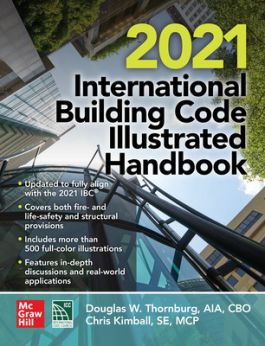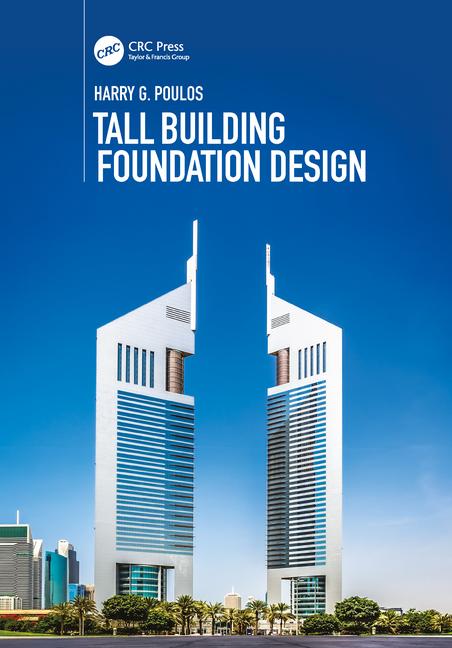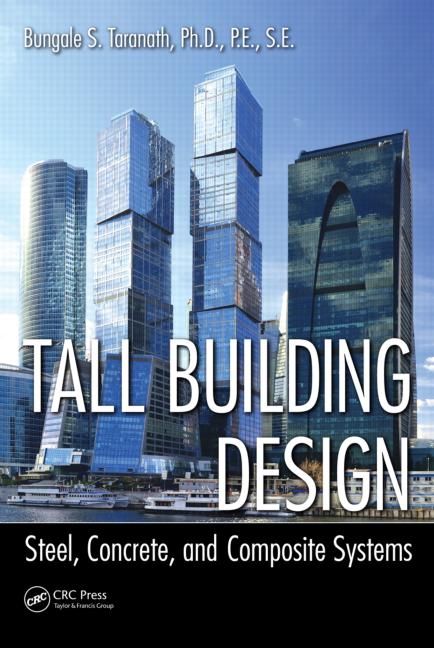Dow Building Solutions (DBS), a business unit of The Dow Chemical Company, announced a self-guided Commercial Code Assessment Engine in Canada. The tool, developed from logic of comprehensive analysis by Jensen Hughes, a global leader in building code expertise and fire protection engineering, will help architects evaluate if the building code permits foam plastic to be used in their current wall configuration. This gives architects more design flexibility to choose the right insulation for their project, while also meeting the code requirements for energy, air sealing and fire in Canada.
Several years ago, Dow and DIALOG, a fully integrated multi-disciplinary design firm, identified various building code complexities that made requirements difficult to fully understand. As a result, Dow partnered with Jensen Hughes to aid design professionals with code interpretation, working with DIALOG to test for real-world use. “Applying CAN/ULC S134 Fire Test for Exterior Wall Assemblies to all assemblies lead to arbitrary elimination of combustible materials, regardless of wall composition or percentage of wall openings,” says Keith Robinson, head specifications writer for DIALOG (National CND Architect). “Our project managers found the Commercial Wall Code Assessment Engine easy to use and it provided accurate recommendations for code compliance. More so, it gave our people confidence to include plastic insulation and other combustible components in their wall assemblies referenced directly back to the building code.”
Dow has a broad range of wall system technologies available in Canada. These feature high insulating values and utilize industry-leading weatherization solutions as a systematic approach to achieving high energy efficiency while protecting against moisture and air intrusion. Architects in Canada have trusted STYROFOAM Brand Insulation for decades in roofing and below grade applications, now manufactured with BLUEDGE Polymeric Flame Retardant Technology.
In addition to STYROFOAM, the THERMAX Wall System is now available for the first time to Canadian designers. This proven system has been successfully used for over 10 years in the United States. It features THERMAX Brand Insulation for exterior continuous insulation, reducing thermal bridging to limit energy loss through steel conductivity and LIQUDIARMOR Flashing and Sealant, an award-winning flashing and sealant. With 16 patents reflecting its unique performance and innovation, THERMAX surpasses industry competition for fire resistance, dimensional stability, flashing options, facer variety, R-Value and system warranty. LIQUIDARMOR comes in two different grades for increased abrasion resistance and has a proven 63 percent greater reduction of air leakage than what is specified by the 2015 IECC.
The National Research Council has started working on updating model code documents as Canada’s national building codes are anticipated to change to adapt to the effects of climate change. The country is now seeing more heavy rain, floods, high winds, snow, ice, temperature swings and all-around extreme weather. The Commercial Wall Code Assessment Engine will help architects, builders and contractors choose from more energy efficient and durable materials to meet the increasingly complex code requirements.
For more information, visit https://canadabuildingcode.dow.com/.





